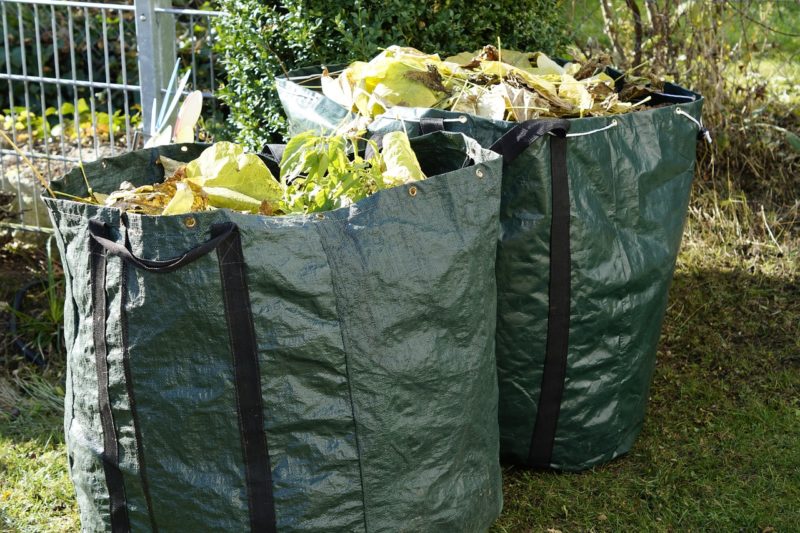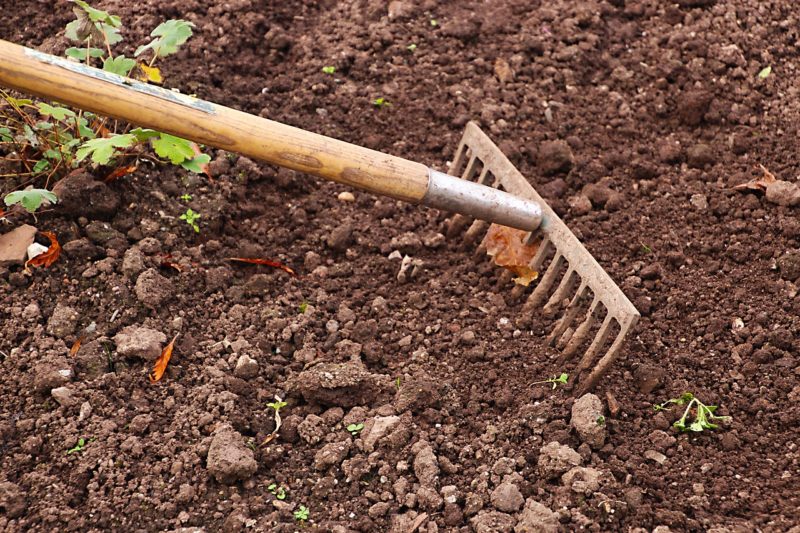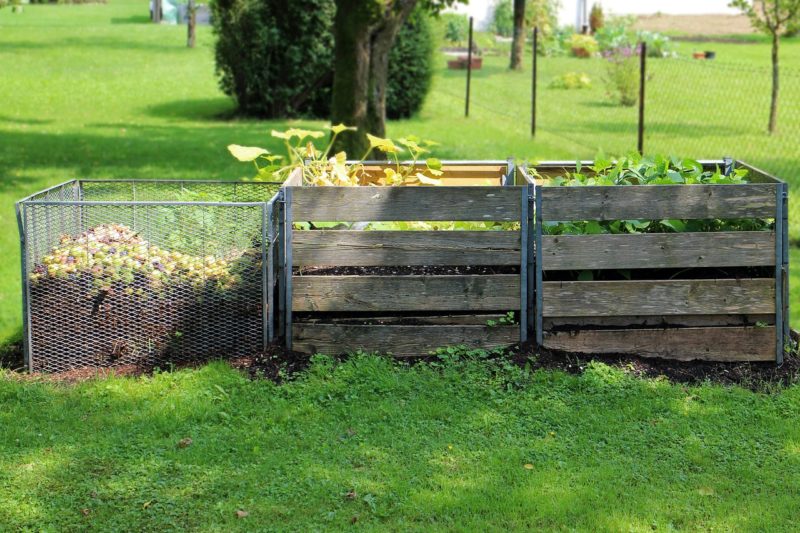How To Best Prepare Your Garden For Fall
After the delirium of spring planting and the zenith of summer’s harvest, fall has come to slow things down. For those that like being proactive, it is the best time of the year to do the appropriate garden works so that you have a less labour-intensive spring frenzy next year.
What you could do before putting your green patch to sleep
Schedule a good clean up
Get rid of old and finished plants. It will not only help make your garden look more neat and tidy, but also prevent the development of funguses, pests, and diseases. Unwanted insects like cabbage root maggots can find a cosy safe heaven on plants leaves and stalks at around late summer or early fall and lay their eggs. If you don’t remove spent plants, it will be like providing them (the insects) with not only a home but also enough food to go through the winter. By springtime, your garden will be infested with larvae and adult insects working their way on your crops. The best way to prevent all that is to either bury your old disease-free plants in garden trenches, which will also add organic material to the soil, or remove them from the soil entirely.

Remove weeds
Dig up all weeds that have sprouted all over your garden and burn or trash them. At this point, it is important to note that you must eradicate them completely rather than take them to another part of the garden. Otherwise, they will spread again and get in the way of next year’s crop. To make sure you successfully yank weeds out, you could use a hoe cultivator tiller which will disrupt the weeds for good. Additionally, fall tilling will also improve the drainage of your garden before the harsh winter lying ahead comes. There are several options available for home use from brands such as Able Sales, so you won’t have trouble finding the one that best suits your needs.

Add Nutrients
This is usually an activity that most garden and farm owners leave for spring. However, adding nutrients like bone meal, compost, manure, rock phosphate, and kelp now, will give the amendments time to break down and improve the quality of the soil. That aside, doing some prep work will also save you from having to wait until the soil dries out after fall and winter rains so you can turn and dig it for the first time.

If you are done adding nutrients in autumn, you will be free to focus on other tasks that need to be done with during the busy season. Just make sure you cover the garden bed with some type of covering (i.e. sheet plastic) so the nutrients are kept at around the active root zone and are not washed below it from autumn rains. Then, when spring arrives, you may uncover the soil and slightly till with a hoe.
Build your Compost
Given that the composted materials are finished by the end of summertime, now it is a great time to regenerate your compost and nourish the soil, fertilize your lawn or top up your garden bed(s) and jumpstart growth. Plus, you can also build your compost heap with kitchen scraps, straw, autumn leaves, and other green matter and keep the good microbes active a bit longer.

Replenish Mulch
Winter mulching is just as effective as mulching in the summer (i.e. hinders weeds and protects the soil from erosion). However, working on replenishing mulch during these following weeks will also help regulate both the moisture and temperature of the soil as the weather (hence, the land too) becomes colder, which affects veggie roots while trying to transition from hot to colder temps. Protect your autumn and winter vegetables with a thick layer of mulch around the roots and give your soil some much-needed extra fresh organic material with one go!

Extra Tips:
- Considering that for most gardeners keeping their tools well oiled and clean all around the year is quite challenging, especially when gardening takes up a large amount of their time, autumn can be the perfect season to give your tools some TLC. Make sure you effectively remove dirt and rust (if any), sharpen your shovels and hoes, and protect the metal against oxidation with a good rub with machine oil.
- Consider planting cover crops (i.e. clover or rye) if your climate allows it. They will add nutrients to the soil and protect it from erosion. Sowing cover crops will also help boost the levels of organic matter in your garden bed(s). Consult your seed provider about which cover crops to plant (depends on where you live). Your region may be ideal to plant, for example, field peas or other legumes that heighten the available nitrogen levels for garden veggies. As a rule of thumb, cover crops are planted a month before the first really low temps kick in.
Preparing for the following gardening season will not only enhance your yields over the long term but also help your spring run smoothly. So, just plan ahead and enjoy the benefits of your fall garden preparations.









